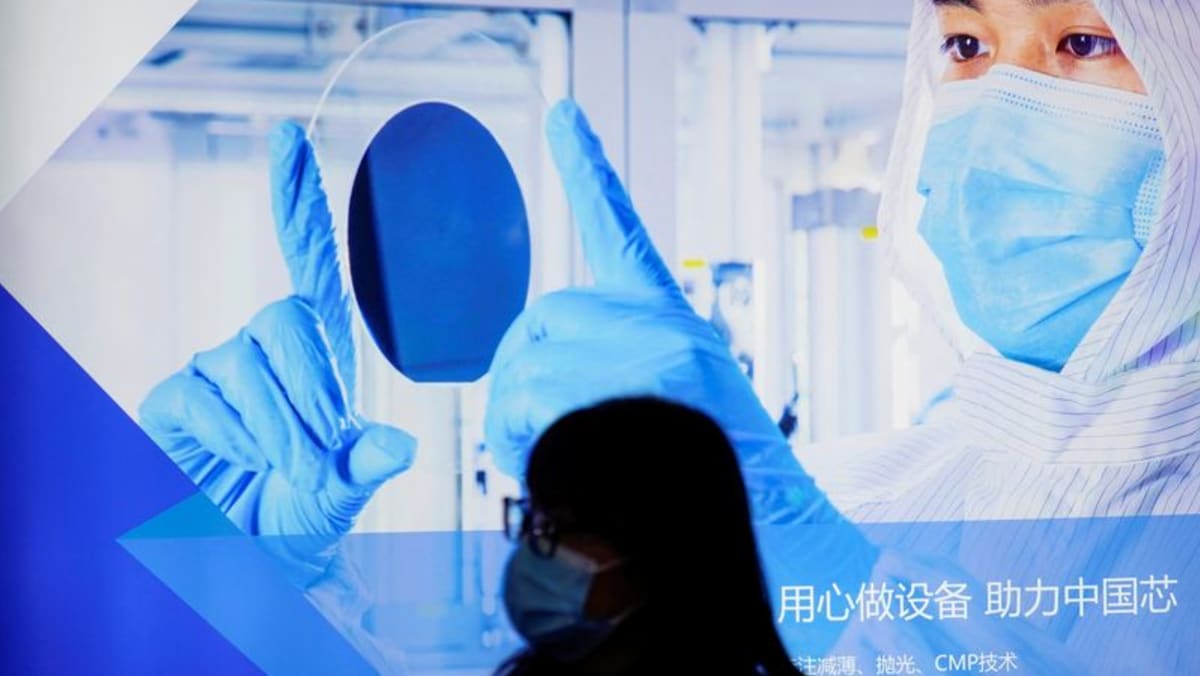
TOO DIFFICULT TO SOLVE
People who worked at SMEE and other Chinese firms in areas such as etching told Reuters how barriers to entry did not seem too high until supply chains became even more global, the engineering more complicated, and the market cornered by firms such as Dutch lithography giant ASML Holding NV.
Top management at SMEE – led by a state power firm executive who launched the company in 2002 – had no lithography experience and staff built their first machines by buying and studying second-hand equipment and by reading public patents and papers, one former SMEE engineer said.
The firm advanced enough to produce a machine that could print circuit patterns as tiny as 90 nanometers (nm) on silicon wafers – two decades behind ASML. It was hailed as a domestic breakthrough nonetheless and in 2018 won a local government award.
SMEE has not made any major advancements since, in part due to difficulties in procuring equipment from abroad, the engineer told Reuters.
“Even if we could have built the machines, we wouldn’t have known how to service and maintain them,” the engineer said.
Another former top staffer at a Chinese chipmaking equipment manufacturer recounted how while working to master the etching procedure for 3D NAND Flash, the company could not perfect a critical element, namely the channel hole, or hole size.
“We knew what it takes to do that, but we were limited by the equipment’s design capability. Our U.S. rival had already solved that,” the staffer said.
COMPLETE RETHINK
Some people in the industry have urged a complete rethink in the way China can catch up by focusing on what the next era of chipmaking could look like rather than compete with overseas peers in trying to make circuits on chips denser and denser.
Late last month, two senior academics from the Chinese Academy of Science published an article advocating the refocus of efforts on research and development for new technology and materials, rather than on emulating existing tech from overseas.
By amassing patents and managing their use overseas, the authors wrote, “We can set our own chokepoints and barriers in the global chip supply chain, create countermeasures, and hopefully resolve the current technological pain points.”
In the meantime, Chinese chip firms have become even more isolated since restrictions the United States imposed in October that barred U.S. companies such as Lam Research Corp and Applied Materials Inc from supplying equipment that can produce relatively advanced chips without a licence.
The situation could be worsened for Chinese companies should Japan and the Netherlands agree with the United States to also restrict exports of chipmaking equipment to China.
“When the sanctions came out, all the American companies followed,” an engineer at a Chinese memory chipmaker told Reuters.
“When we bought our equipment, we used to get customer service. Now we can’t even get that because of the sanctions.”

